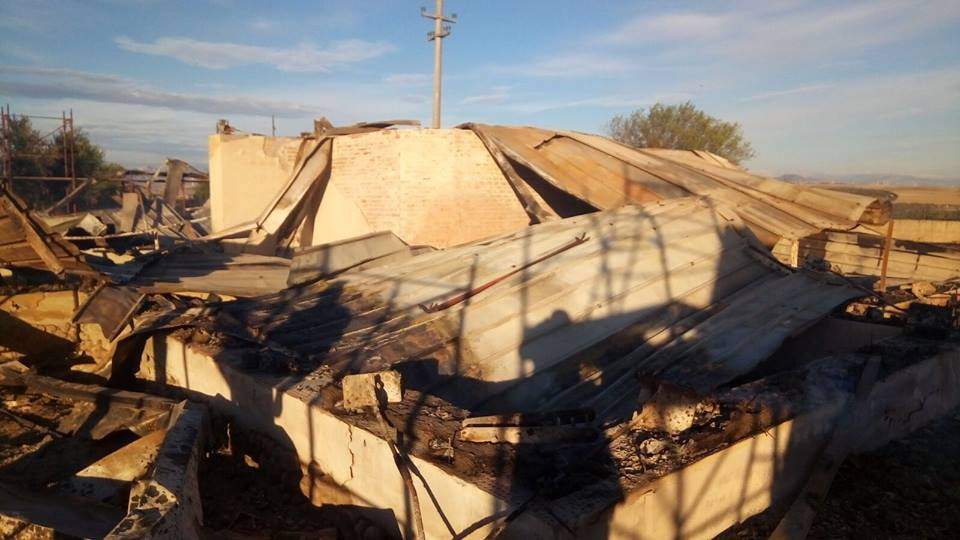A large fire overnight devastated the archaeological site of the villa of Faragola in Ascoli Satriano, Foggia, one of the most important in the area. Carabinieri investigations are already underway, aimed at discovering the origin of the disaster: it is not ruled out that it could be arson, although, writes local newspaper L’immediato, all hypotheses are under investigation by investigators. Difficulties arise from the fact that the villa in Faragola did not have custodians nor was it equipped with a video surveillance system. The president of the Superior Council of Cultural Heritage, Giuliano Volpe, an Apulian, a profound connoisseur of the Foggia area, and former director of the excavations at Villa Faragola, wrote a Facebook post this morning that was as detailed as it was bewildered, in which he speculated on the arson origin of the fire, given also the fact that the woods of the site’s roof were fireproof. However, no traces of flammable liquids, or triggers, have yet been found.
The damage is significant and presumably in the millions of euros, because so much had been invested in the site. The villa had been acquired in 1997 by the Municipality of Ascoli Satriano and, starting in 2003, had been the subject of extensive and lengthy archaeological investigations, which also led to a partial opening to the public in 2009. “I still don’t know anything about the damage caused to the archaeological structures, walls, mosaics, marble flooring, the whole site,” wrote Giuliano Volpe. “Fourteen years of excavations, research, studies, fieldwork, publications, designing an in situ musealization model for one of the archaeological parks considered most important in Puglia and Italy: lost, destroyed, incinerated by the underworld or stupidity or other interests? Who was bothered by a site like Faragola?”
The Villa of Faragola was an ancient rural settlement with a long history, dating back to Roman and Late Antiquity, but inhabited and used continuously even until recent times: current excavations had partially unearthed the rich residential rooms, known especially in the Late Antiquity part dating back to the 4th-6th centuries AD. The complex also had rooms for productive activities (including a kiln used for firing bricks). The residential part was decorated with fine mosaics: there are now fears for their survival. There were plans to restart the works, which were supposed to improve the route for visits by the public, add multimedia installations and an educational workshop for children, Giuliano Volpe further points out. Who concludes bitterly, “Unfortunately, it is confirmation that when a site is left without management, without controls, without daily use, it becomes the classic no man’s land in which it is easy for thugs or vandals to operate undisturbed.”
The image of the destroyed site is taken from Giuliano Volpe’s Facebook profile.
 |
| Foggia, fire destroys Faragola archaeological site. Volpe: Isis is among us |
Warning: the translation into English of the original Italian article was created using automatic tools. We undertake to review all articles, but we do not guarantee the total absence of inaccuracies in the translation due to the program. You can find the original by clicking on the ITA button. If you find any mistake,please contact us.